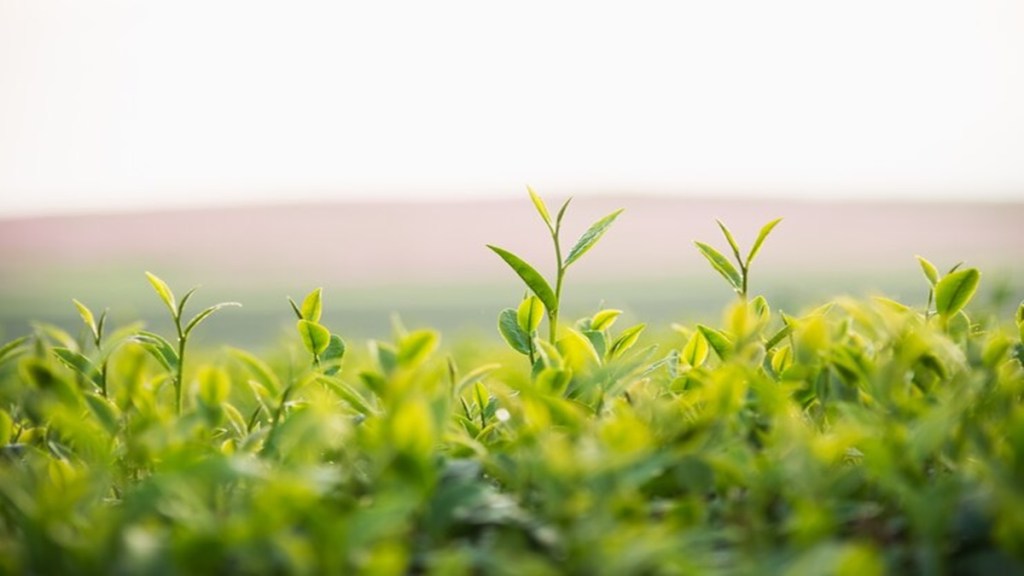While the Budget has made a slew of announcements related to the rural economy, positioning agriculture as “the first engine of growth”, the actual outlay for most of the flagship programmes remains flattish compared to the estimates for FY25. This is because revised estimates show that the actual spending on most such programmes was quite low during the year.
The reason for the same can be attributed to factors like general elections in 2024, extended monsoon, and capacity constraints as spending had to be bundled in a shorter time frame. The FY25 Budget was presented only on July 23, 2024, but the spending could take place only from September because August is a monsoon month.
However, still, the outlay for agriculture and allied activities did see double-digit growth of 12.8% for FY26 at Rs 1.7 lakh crore compared to the BE for FY25. The actual spending (RE) was Rs 1.4 lakh crore, so here the jump was higher at 21%.
But the outlay for rural development for FY26 at Rs 2.67 lakh crore is flattish compared to Rs 2.66 lakh crore in BE FY25. However, actual spending – revised estimates – was Rs 1.91 lakh crore. So, actually the 39% jump in the outlay in BE FY26 over RE FY25 is due to low spending. This trend is visible across the major rural programmes.
In the case of Mahatma Gandhi National Rural Employment Guarantee Programme (MNREGA) the outlay in FY26 is flat at Rs 86,000 crore, compared to both BE and RE of FY25.
The flattish trend is visible even in the case of Pradhan Mantri Gram Sadak Yojana (PMGSY) and Pradhan Mantri Awas Yojana – Grameen (PMAY-G). In the case of PMGSY, the outlay for FY26 is at Rs 19,000 crore, the same as BE for FY25. The actual spend (RE) was Rs 14,500 crore. Similarly, in PMAY-G, the outlay at Rs 54,832 crore is almost the same as what was in BE FY25 at Rs 54,500 crore. The actual spend (RE) was Rs 32,426 crore.
The Jal Jeevan Mission – a national rural drinking water mission – saw the outlay for FY26 getting reduced to Rs 67,000 crore compared to BE FY25 which was at Rs 70,163 crore. However, compared to RE of Rs 22,694 crore, it was up 195%. The scheme, which aims to provide tap water connection to all rural households, has been extended till 2028.
Eleven states and Union territories have already achieved complete rural tap water coverage. However, larger states like Rajasthan, Jharkhand, Kerala, and West Bengal are trailing with less than 60% coverage, according to official data.
Nitin Bassi, senior programme lead, Council on Energy, Environment and Water (CEEW) called the extension of the Jal Jeevan Mission to 2028 a big step in ensuring the safety of domestic water supply services in rural India, which will also help cover the remaining 20% of the rural households (about 39 million) with tap connections. The CEEW research highlights that there is a need to ensure the reliability and potability of water supply as well, in addition to creating infrastructure.
“This extension will work towards that by focusing on the quality of water supply infrastructure, and efficient operations and maintenance through community participation. Additionally, there should be a focus on ensuring the quality of supplied water and strengthening the data monitoring infrastructure,” he added.
The Pradhan Mantri Annadata Aay Sanrakshan Yojana (PM-Aasha) also saw a marginal increase in the outlay for FY26 at Rs 6,941 crore, compared to BE as well as RE FY25 of Rs 6,438 crore.
Focussing on rural women, young farmers, youth, marginal and small farmers, and landless families, the Budget announced a proposal for launching a comprehensive multi-sectoral ‘Rural Prosperity and Resilience’ programme with states. This would address under-employment in agriculture through skilling, investment, technology, and invigorating the rural economy.
“We believe that prioritising crop diversification will provide farmers an opportunity to enhance their cropping profile, and additional income. Reducing monoculture and promoting sustainable farming practices will help us face climate change challenges,” Arun Raste, MD, NCDEX told FE.
